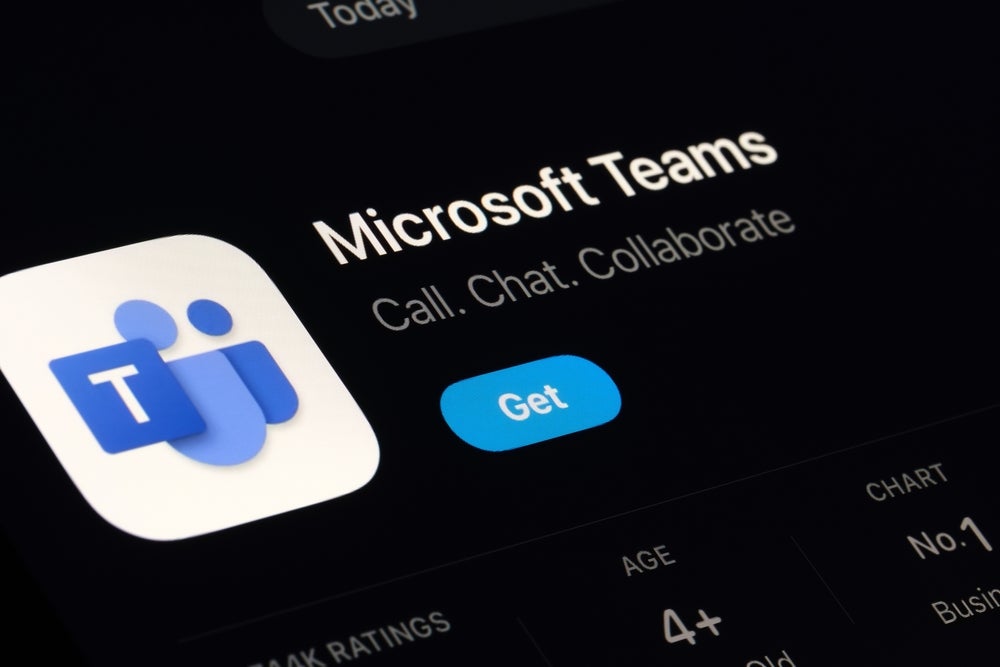Alphabet’s patent involves a method for randomized testing in distributed databases. It includes generating transactions, comparing results from a transactor and transactor emulator, and verifying transaction execution. This innovative approach complements existing system tests for failure, performance, and version compatibility. GlobalData’s report on Alphabet gives a 360-degree view of the company including its patenting strategy. Buy the report here.

Access deeper industry intelligence
Experience unmatched clarity with a single platform that combines unique data, AI, and human expertise.
According to GlobalData’s company profile on Alphabet, was a key innovation area identified from patents. Alphabet's grant share as of May 2024 was 42%. Grant share is based on the ratio of number of grants to total number of patents.
Method to test transactor in distributed database using randomized transactions
A recently granted patent (Publication Number: US12001314B2) outlines a method for testing a transactor in a distributed database. The method involves generating a first transaction defining actions related to the database, transacting the first transaction at the transactor, logging information from the transaction, creating an equivalent transaction based on the logged information, transacting the equivalent transaction in a transactor emulator, and comparing the results to verify the execution of the transaction by the transactor. The process includes using a seed to generate transactions, associating timestamps with logged information, handling schema changes, and injecting system faults for testing purposes.
Furthermore, the patent also describes a system comprising a network with a distributed database, a transactor executing on network nodes, and a computing device running a transactor emulator. The computing device processes equivalent transactions, compares results with the original transaction, and verifies the transactor's execution. The system allows for testing transactions on a stand-alone device or utilizing database partitions, with the first transaction generated by the transactor or a transaction generator. Additionally, the patent includes instructions stored on non-transitory computer-readable media to perform the steps of generating, transacting, logging, creating equivalent transactions, transacting in an emulator, and comparing results for verification purposes.
To know more about GlobalData’s detailed insights on Alphabet, buy the report here.
Data Insights
From

The gold standard of business intelligence.
Blending expert knowledge with cutting-edge technology, GlobalData’s unrivalled proprietary data will enable you to decode what’s happening in your market. You can make better informed decisions and gain a future-proof advantage over your competitors.







